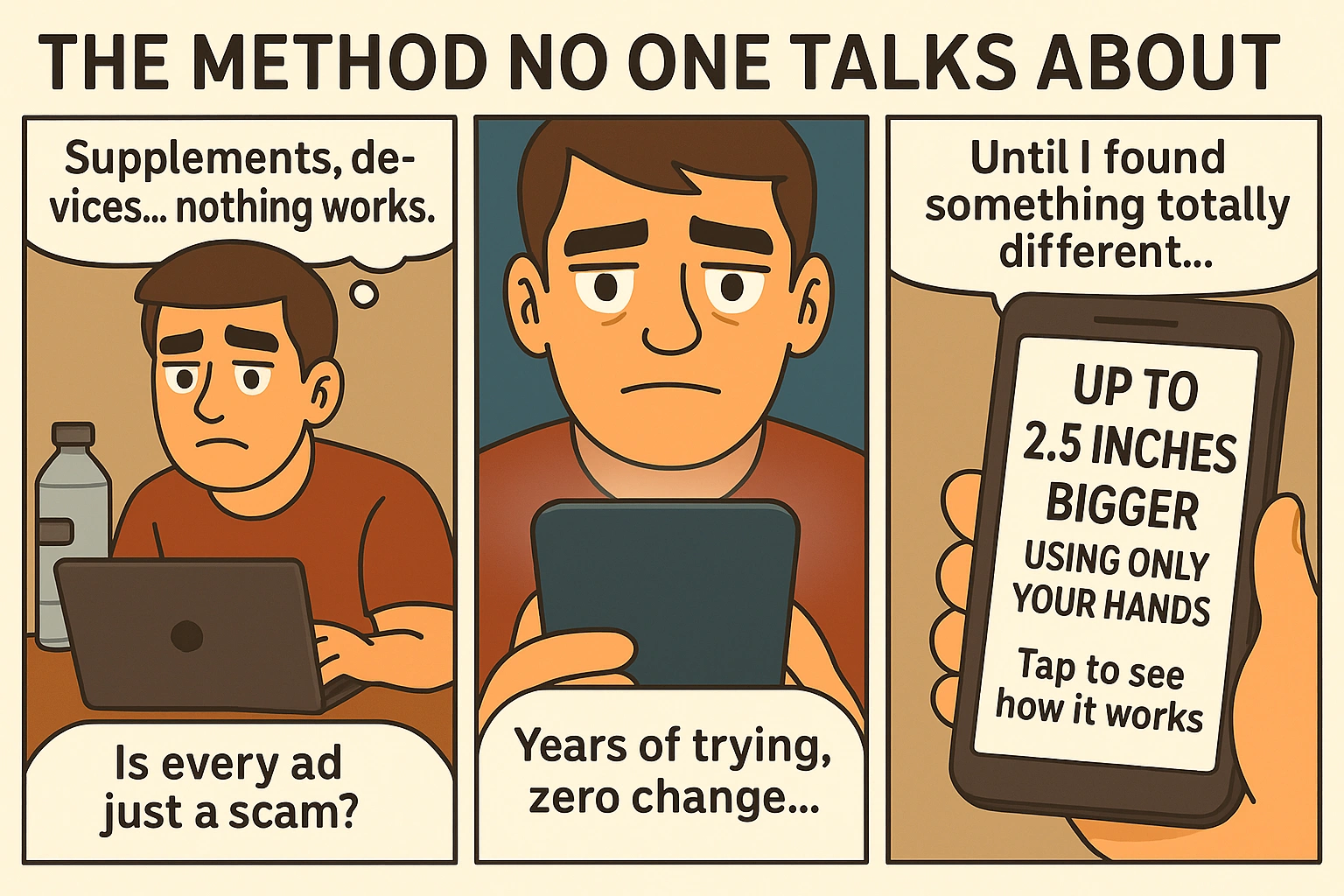How Your Size Evolves Over Time—And What You Can Still Do About It
Whether you’re a teen curious about development or a man wondering if you reached your full potential, this comprehensive penis growth vs age chart will give you clarity. Penis growth is not linear—and understanding what’s typical at each age helps you take control of your own sexual health.
How Penis Development Happens
Most penile growth occurs during puberty, driven by testosterone and growth hormones. However, certain environmental, genetic, and hormonal factors can delay or accelerate this process. Let’s dive into the data and discover what the numbers say about average growth—and how you compare.
Understanding Penis Growth by Age
Here’s a breakdown of what typical penis development looks like by age range. While individual variation is expected, this penis growth vs age chart offers a clear overview based on population averages.
Ages 0–10
Minimal growth occurs in this period. Average flaccid length is around 4 cm (1.5 inches), with negligible changes until puberty.
Ages 11–13 (Early Puberty)
This is the beginning of sexual maturation. Testosterone levels start to rise, leading to noticeable increases in both testicle and penile size. Average erect length: 10–12 cm (4–4.7 inches).
Ages 14–16 (Mid Puberty)
Rapid growth phase. Average erect length increases to 13–15 cm (5–5.9 inches). Girth also expands as androgen receptors activate tissue development.
Ages 17–21 (Late Puberty)
Final stages of natural growth. Most men reach their genetic potential by age 20. Average erect length: 15–17 cm (5.9–6.7 inches). Flaccid length stabilizes around 9–10 cm (3.5–3.9 inches).
Ages 22–29
Growth halts, but size and function are optimized by lifestyle. Testosterone peaks and sexual performance is often strongest in this decade. Want to maximize what you have? See our guide on how to increase blood flow to penis.
Ages 30–39
Slight decrease in testosterone begins. Some men notice less firmness or sensitivity. If you’re 30+ and wondering about enhancement, don’t miss our article: can you grow your penis after 30.
Ages 40–49
Circulatory changes and lower T-levels may cause minor reductions in size or function. Lifestyle choices become critical here. Exercise, diet, and hormonal support can preserve performance.
Ages 50+
Size doesn’t vanish—but function becomes more dependent on health. Blood flow, testosterone, and prostate health are now the key drivers of sexual vitality. Learn the signs you need a testosterone boost to stay ahead.
Important Note on Girth vs Length
Many charts focus on length, but girth is equally important for sexual satisfaction. Girth typically grows more slowly and is more influenced by blood flow and tissue conditioning techniques such as jelqing. For practical exercises, check out jelqing exercises for girth.
What Influences Penis Growth and Final Size?
- Genetics – Plays the primary role, but not the final word
- Testosterone – Drives tissue expansion during puberty and beyond
- Nutrition – Supports hormonal health and cellular development
- Exercise – Enhances circulation and oxygenation to penile tissues
- Sleep – Key time for hormonal recovery and regeneration
Penis Growth vs Age Chart (Visual Overview)
Here’s a simplified reference chart for average erect length by age:
- Age 10: 4–5 cm
- Age 13: 10–12 cm
- Age 16: 13–15 cm
- Age 18: 15–17 cm
- Age 30+: 15–16.5 cm (may vary with health/lifestyle)
Does Penis Size Change With Age?
While growth ends around 21, men can still experience fluctuations due to weight gain, stress, or hormonal changes. In some cases, perceived shrinkage is actually caused by fat pad accumulation or poor erection quality—both fixable.
How to Preserve (or Even Enhance) Size As You Age
If you’re past puberty but want to improve size or firmness, your options aren’t over. Natural techniques like stretching, jelqing, and extenders can still create gains through tissue remodeling. Learn more in our article: top 5 penis enlargement myths.
Start Your Personalized Growth Plan
Looking for a tailored method to boost size, performance, and confidence—at any age? Access our full male growth system now and discover what’s still possible for your body.
Does Puberty Delay Affect Final Size?
Yes. Boys who experience delayed puberty often have later growth spurts—and in some cases, longer periods of penile development. Early testosterone therapy (only under medical supervision) has also been used in extreme cases to trigger normal development.
Penis Size by Ethnicity and Global Averages
While the penis growth vs age chart offers universal benchmarks, cultural and genetic variation does exist. Global studies report the following averages:
- Worldwide average: 13.12 cm (5.16 inches)
- Latin America: 15–16 cm (5.9–6.3 inches)
- Africa: 16–17 cm (6.3–6.7 inches)
- Asia: 10–13 cm (3.9–5.1 inches)
Remember, these are statistical trends—not rules. What matters is health, confidence, and performance—not comparison.
How to Accurately Measure Yourself
To compare yourself to the chart, measure with a ruler from the pubic bone to the tip of the glans during full erection. Use the bone-pressed method (push ruler into fat pad). For girth, use a flexible tape around the thickest part of the shaft.
Tips to Improve Perceived Size Instantly
- Trim pubic hair to expose more shaft
- Lose belly fat to reveal more base length
- Practice edging and stamina control for firmer, fuller erections
- Stay hydrated—dehydration can affect circulation and blood volume
Mindset Shift: Why This Knowledge Empowers Men
Knowing where you stand on the penis growth vs age chart gives you clarity, not insecurity. It allows you to track progress, understand your body, and focus on what’s still possible—rather than worrying about what’s “normal.”
From Data to Action: Your Growth Starts Now
You’ve got the chart, the context, and the knowledge. What comes next is action. Most men never take steps to optimize their size, their hormones, or their stamina. But you’re not most men. You’re reading this because you’re ready.
Real Story: “I Thought I Was Done Growing—Until I Learned This”
Leonardo, 34, believed his penis size was fixed for life. After comparing himself to the penis growth vs age chart, he realized his development likely stalled during puberty due to poor nutrition and low testosterone. After following a natural growth protocol, he gained 0.8 inches in girth and dramatically improved erection hardness.
“I wasn’t just growing—I was healing. My confidence, sex drive, and relationship all changed.”
Curious Facts About Penis Development
- Penis growth happens in bursts—not gradually year by year.
- Sleep and testosterone spikes (especially at night) fuel development the most.
- Many men underestimate their size due to incorrect measurement methods.
- Penile tissues are responsive to both mechanical tension and blood flow stimuli—just like muscle fibers.
Still Worried About Your Size?
If looking at the chart made you nervous, relax. The majority of dissatisfaction comes from comparison and misinformation. The truth is, with the right tools, techniques, and mindset, nearly every man can improve in some way—whether that’s function, stamina, firmness, or size.
Final Words of Empowerment
The penis growth vs age chart gives you insight—but what you do with that insight is what truly matters. You can continue hoping things change, or you can take control starting today. Whether you’re 21, 31, or 51—growth is still on the table.
Start your transformation now with the only program designed to optimize size, stamina, and testosterone—at any age.
FAQs About Penis Growth and Age
Can testosterone therapy restart penis growth?
Only in extreme medical cases. In healthy adult men, testosterone therapy may improve erection quality and firmness—but won’t significantly increase size unless paired with mechanical training like extenders or jelqing.
Does masturbation affect growth?
There’s no evidence that masturbation stunts growth. However, excessive porn use or frequent ejaculation without recovery time can desensitize arousal and reduce erection quality temporarily.
What’s more important—length or girth?
Studies suggest girth plays a bigger role in sexual satisfaction. While both matter, girth provides more stimulation for most partners, especially during penetrative sex.
Is there a “too late” to start growing?
No. While natural puberty-driven growth ends in your early 20s, men in their 30s, 40s, and even 50s have reported successful enhancement using natural methods and tools. What matters is consistency and strategy.
Your Journey Starts With the First Step
You’ve studied the data. You’ve seen what’s normal. Now it’s your turn to go beyond “normal” and become your most confident self. Don’t just read—act.
 Penis Growth vs Age Chart: See Where You Really Stand – strength and sexual wellness theme – via supremepenis.com
Penis Growth vs Age Chart: See Where You Really Stand – strength and sexual wellness theme – via supremepenis.com







